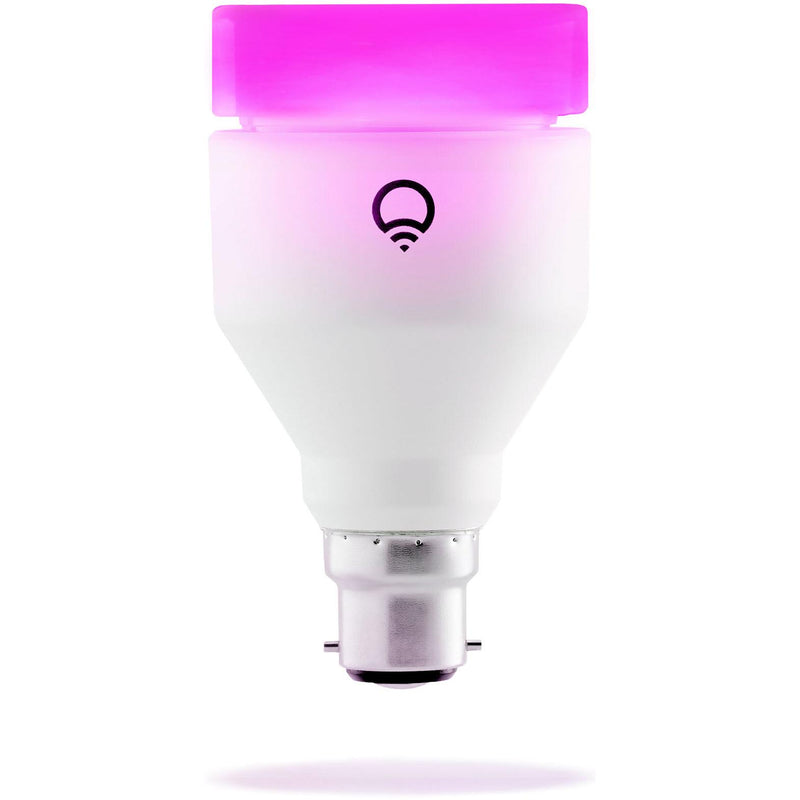

Smart home integrationīecause Lifx bulbs work across all smart home platforms and ecosystems, it’s incredibly easy to include them in routines, or scenes, or whatever your particular ecosystem refers to these setups as.

When you select ‘white’ it’ll go for a tone that’s close to that of a traditional bulb. Obviously when using voice commands you’re limited to ‘broad brush strokes’ control, so you’ll be able to choose ‘red’ or ‘green’ for example (we can’t imagine anyone actually wanting green) but not the nuance of a specific tone. You’ll get the best level of customization from using the Lifx app, so while third-party integration works you’ll get a greater degree of control via the app, more so even than via Apple’s sophisticated Home app. Once you’ve found a lighting effect that you like, you can save it as a custom lighting option, so you don’t have to go through the entire process from scratch every time you want to find your perfect setting.

In addition to tone, you’re also able to adjust the light’s brightness, and you can get some genuinely lovely light out of this bulb. It’s worth highlighting again that none of these look like the soft glow you’d get from an old-fashioned filament bulb, but once you get used to that, the unnatural orange glow is actually very pleasant to sit in and enjoy. Thankfully, if you’re just looking for a more standard ‘white’ light, there are a number of preset whites, ranging from a harsh, clinical light to a warm amber glow. The level of customization can be a little overwhelming if you’re just going for the ‘stab in the dark’ approach to finding a color you’re happy with, but if you’ve ever used a color wheel in Photoshop or similar software you’ll be right at home with the color selection from the Lifx app. However, the Lifx app has a vast range of options for adapting the light’s output, and we were able to quickly find light settings that we preferred. When the Lifx A19 first burst into life we were a little startled by how bright and artificial the light it emitted looked. You’re given the option to either use the Lifx app to control the bulb, or control it via a third-party system like Apple’s HomeKit, Amazon Alexa, Google Assistant or IFTTT. As the light had already been set up in another location before we got it home, it needed to be reset, and this was as simple as turning it on and off again five times in rapid succession using the lightswitch.


 0 kommentar(er)
0 kommentar(er)
